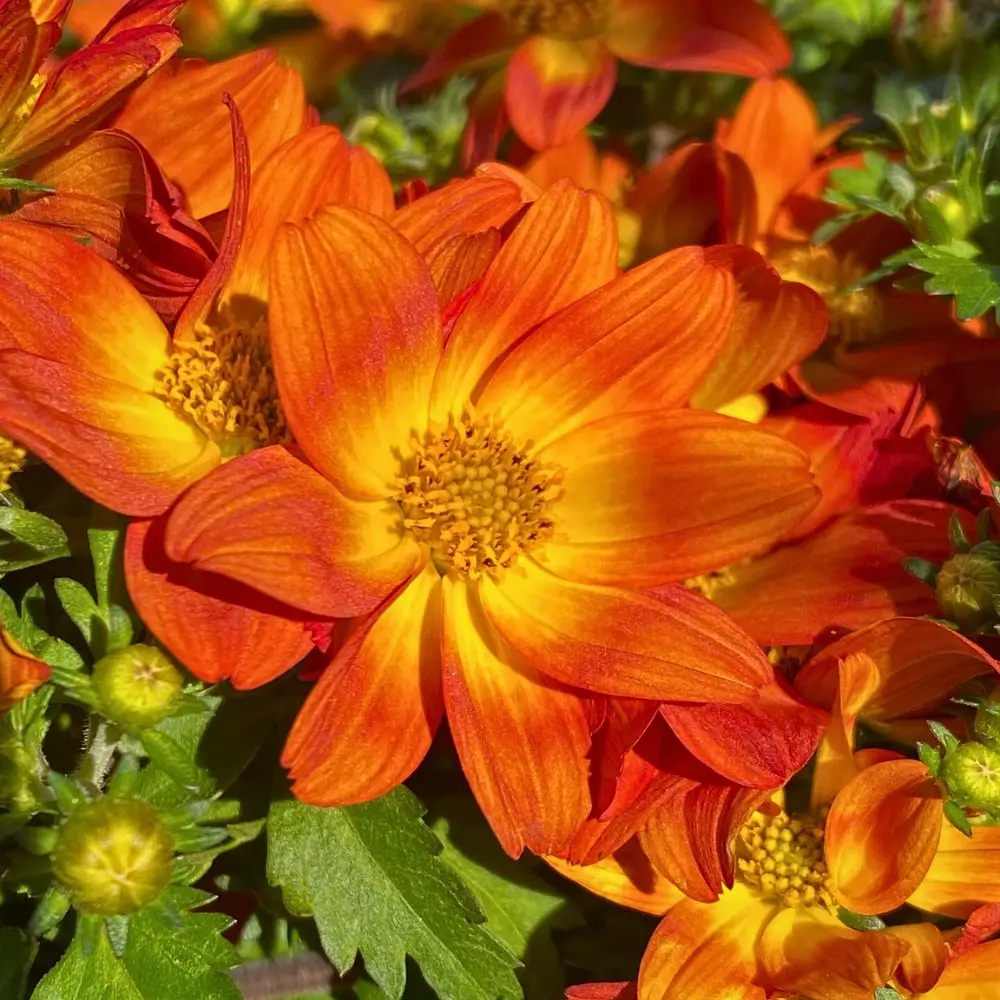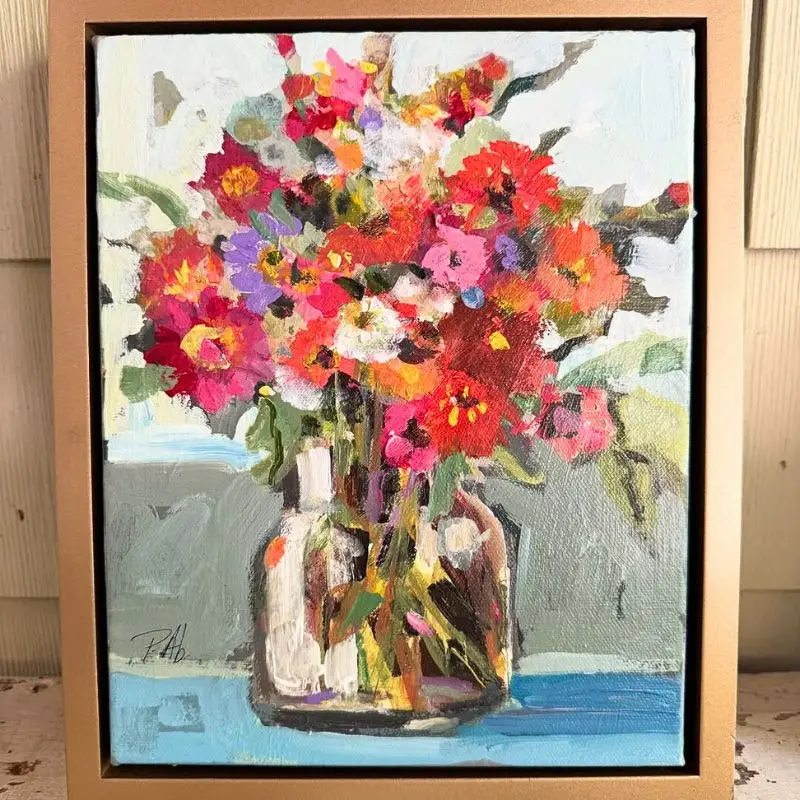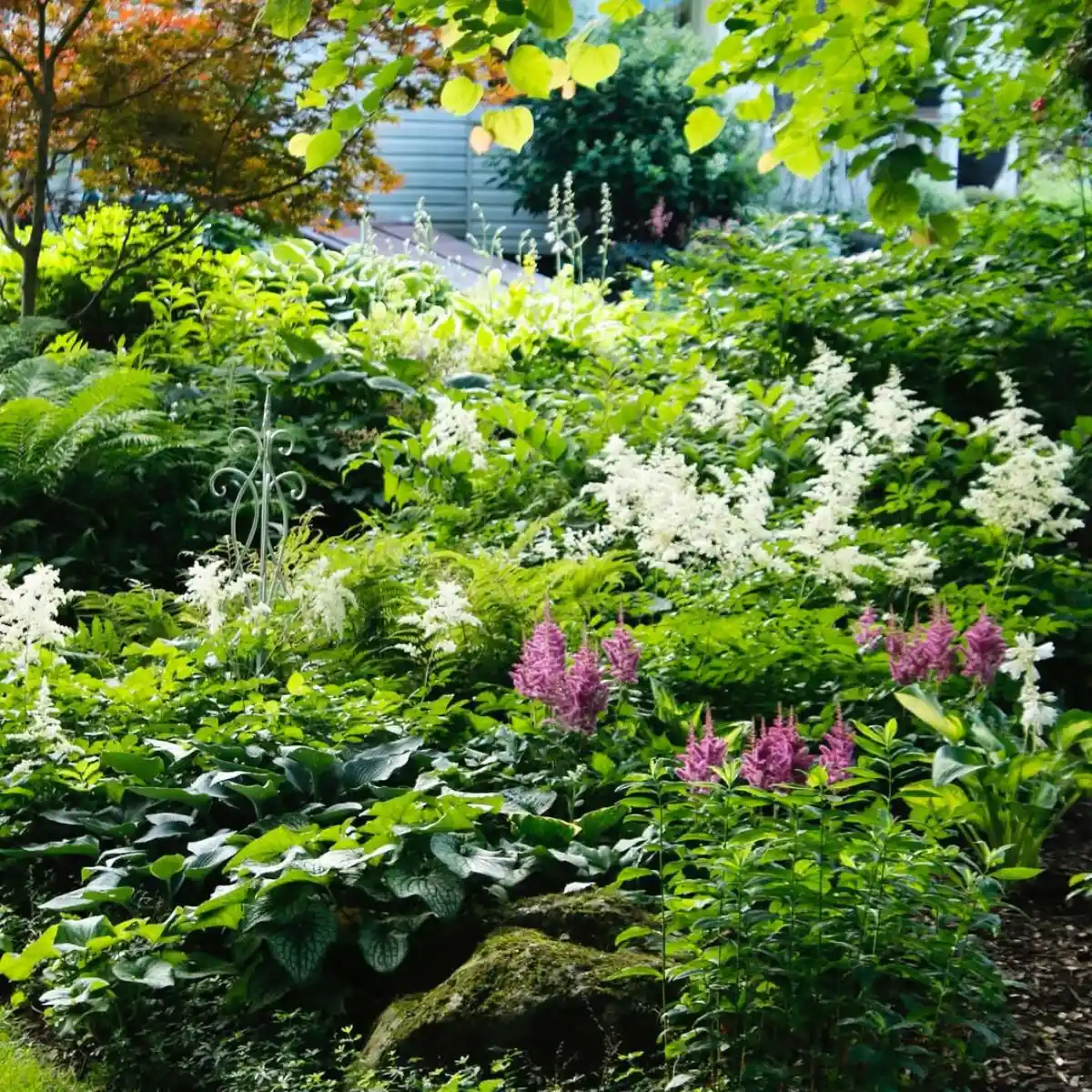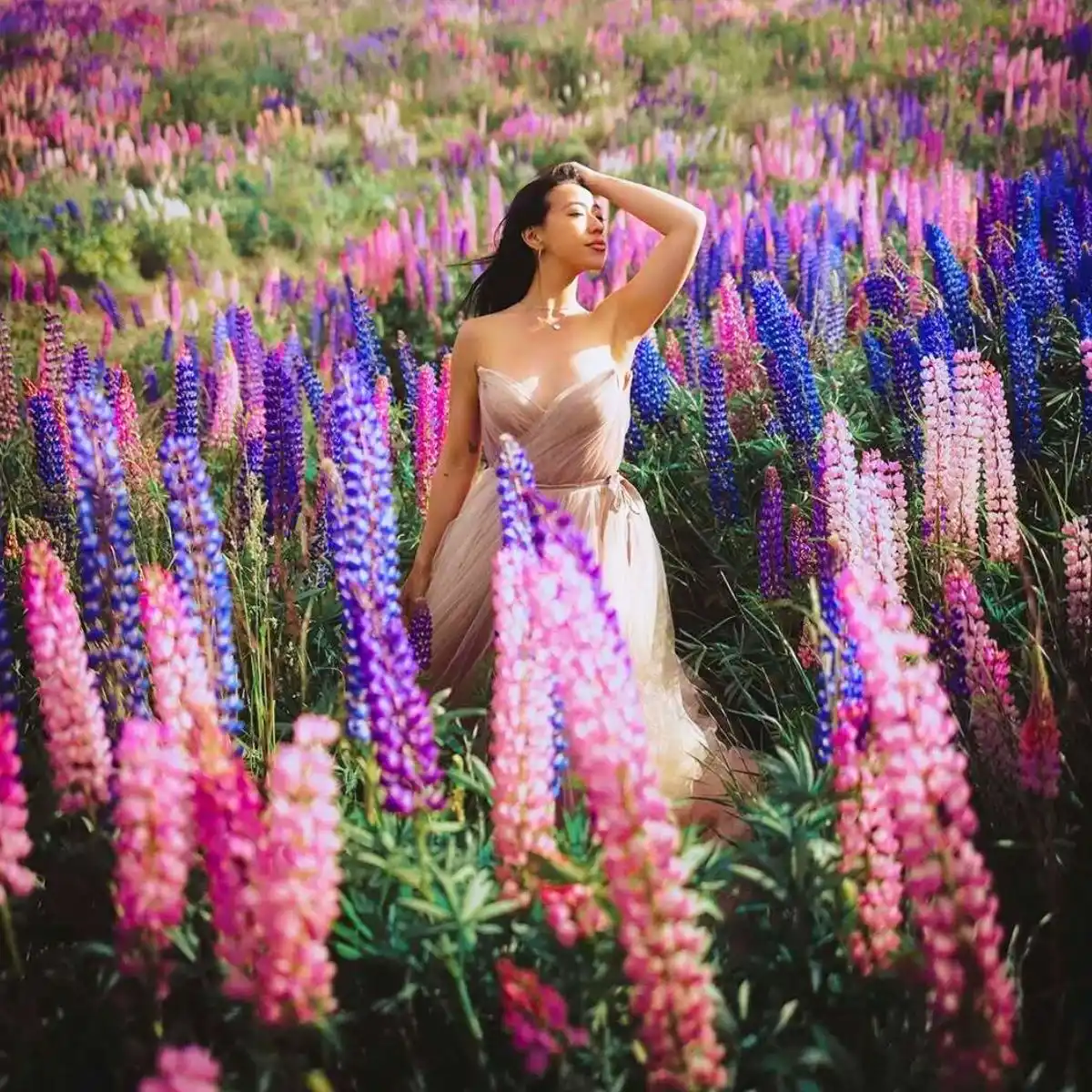Creating a garden where plants take center stage is an art form that blends thoughtful planning with a touch of personal creativity. Whether you’re working with a small courtyard or a sprawling backyard, the way you landscape can either highlight or overshadow your greenery. With a few smart strategies, you can transform your outdoor space into a vibrant, plant-first paradise.
Below is a comprehensive guide to help you landscape your garden in a way that puts your plants in the spotlight. You can read more about How to Choose Plants for the Landscape Design?
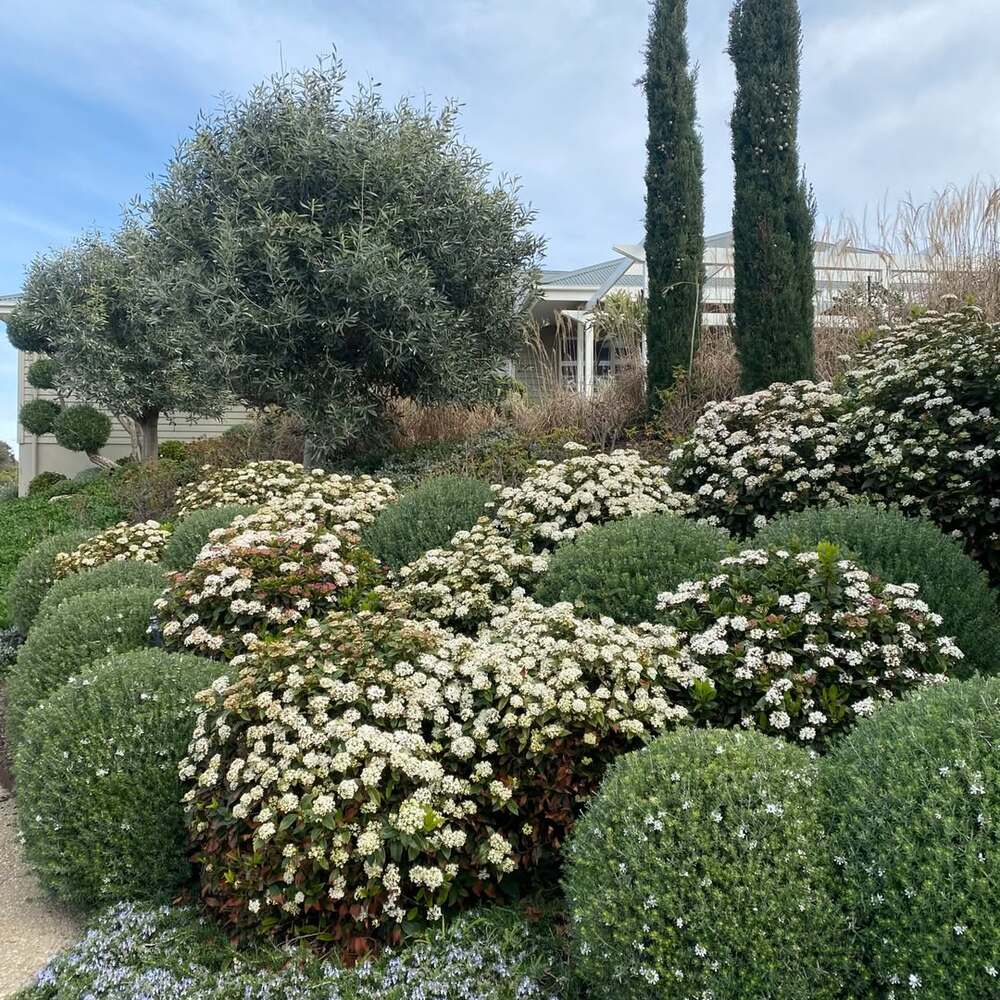
Start With a Vision and a Plan
Before you dig into the soil, spend time imagining what your dream plant-focused garden looks like. Consider what kind of atmosphere you want to create: lush and wild, neat and structured, minimalist and zen. Your vision will help determine the types of plants, the layout, and the supporting features such as pathways, seating, and structures.
Draw a rough sketch or use garden planning apps to visualize different zones and how the sunlight shifts throughout the day. Identify focal points and the best sightlines from your home or patio to place eye-catching plants or displays.
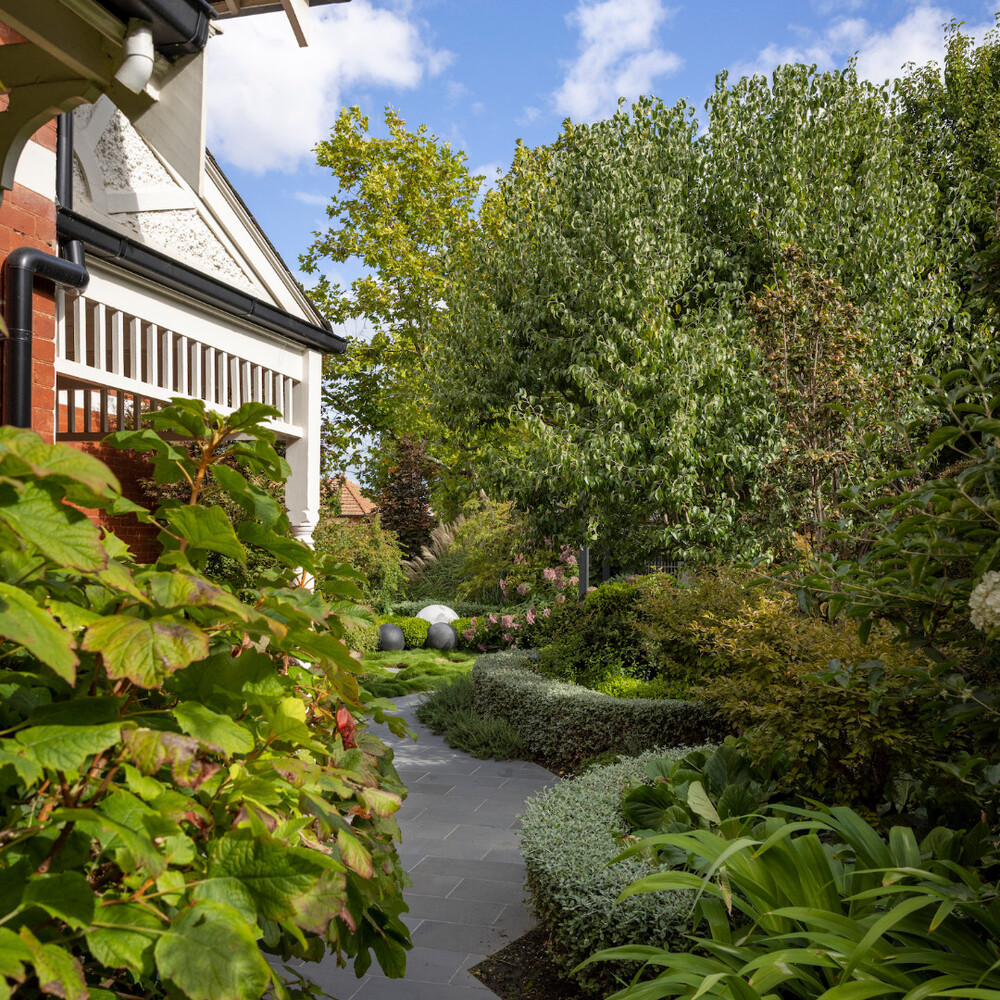
Design With Layers for Visual Impact
Landscaping that showcases plants well often follows a layered approach. This method not only creates depth but also mimics how plants grow naturally in the wild.
- Back layer: Tall trees and shrubs create structure and privacy.
- Middle layer: Perennials and ornamental grasses fill out the space.
- Front layer: Groundcovers and low-growing plants soften edges and lead the eye.
By arranging your plants in this tiered fashion, each one gets its moment to shine while creating a sense of harmony. It also helps you avoid the common mistake of overcrowding or letting taller plants obscure shorter ones.
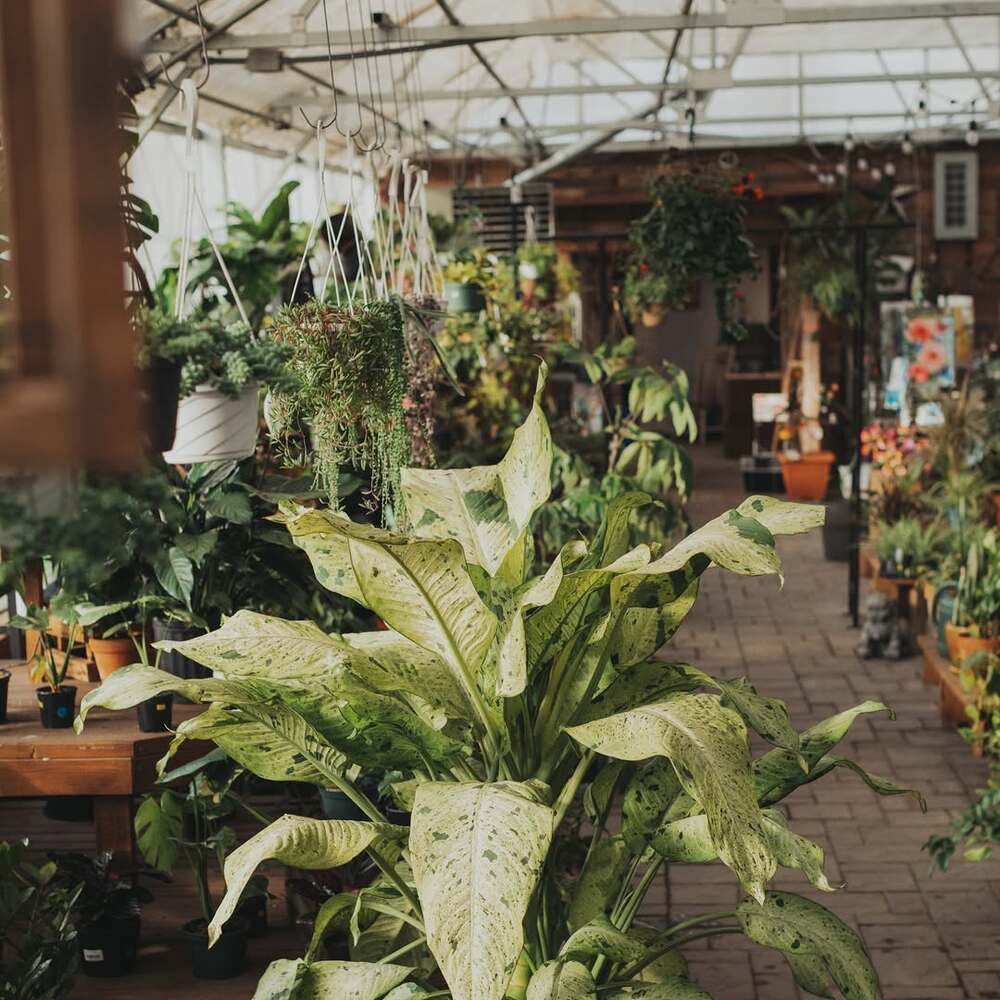
Choose a Cohesive Color Palette
Color plays a critical role in garden design. Too many clashing tones can make a space feel chaotic, while a thoughtful palette creates flow and balance. Choose two or three dominant colors and one or two accent hues that complement each other.
For example, cool colors like purples, blues, and whites can create a calm, soothing vibe. Warmer shades such as reds, oranges, and yellows generate energy and draw attention. You can also use foliage color and texture, like silvery sage or bold burgundy leaves, to provide contrast without relying solely on blooms.
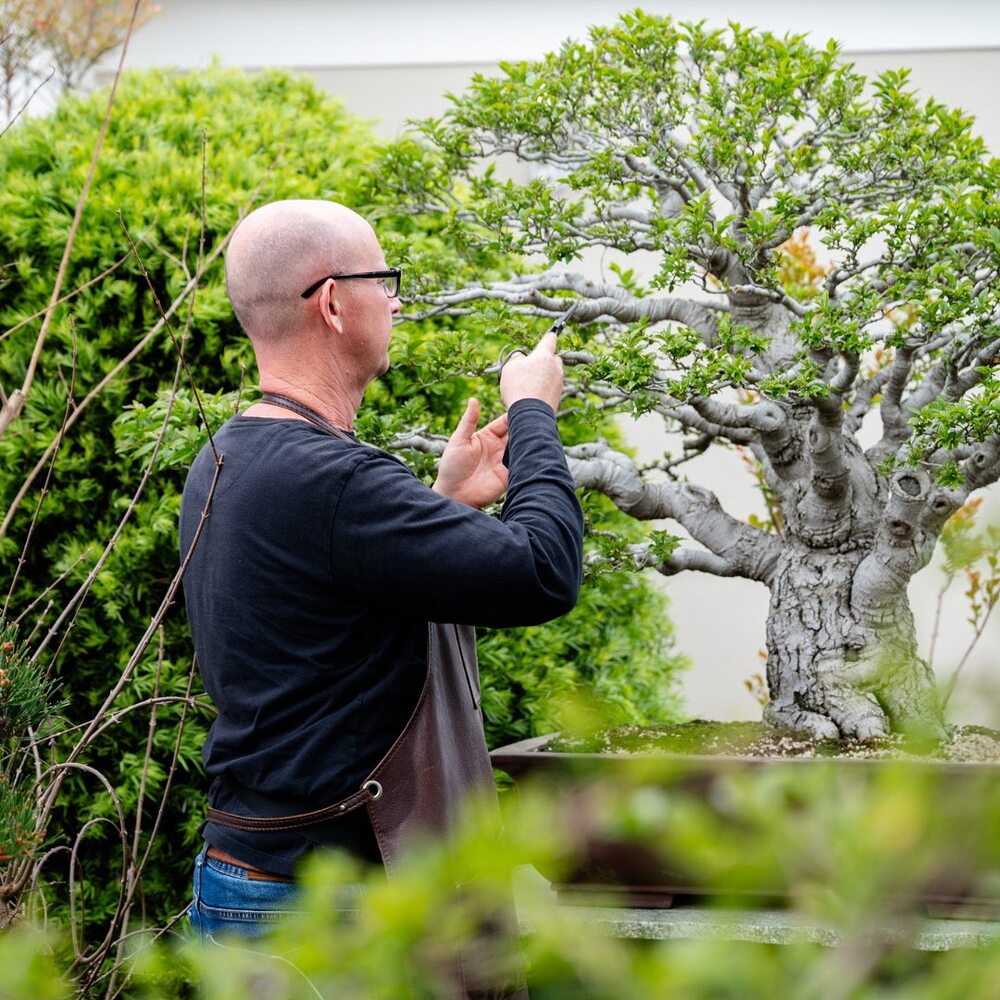
Use Hardscaping Sparingly to Frame, Not Compete
While patios, pergolas, and garden paths are essential for functionality, they shouldn’t overwhelm your plants. Instead, design hardscaping to guide the viewer’s attention toward the greenery.
Consider curved paths that wind past flower beds, natural stone edging that blends with the landscape, and neutral-toned materials that don’t distract from vibrant plants. Raised beds or retaining walls can elevate plants, giving them a stage of their own.
For those looking to add structure without dominating the space, garden buildings can provide both utility and elegance. For example, My Outhouse Garden Rooms offers beautifully designed outdoor rooms that integrate seamlessly with nature, allowing your plants to shine around them instead of being overshadowed.
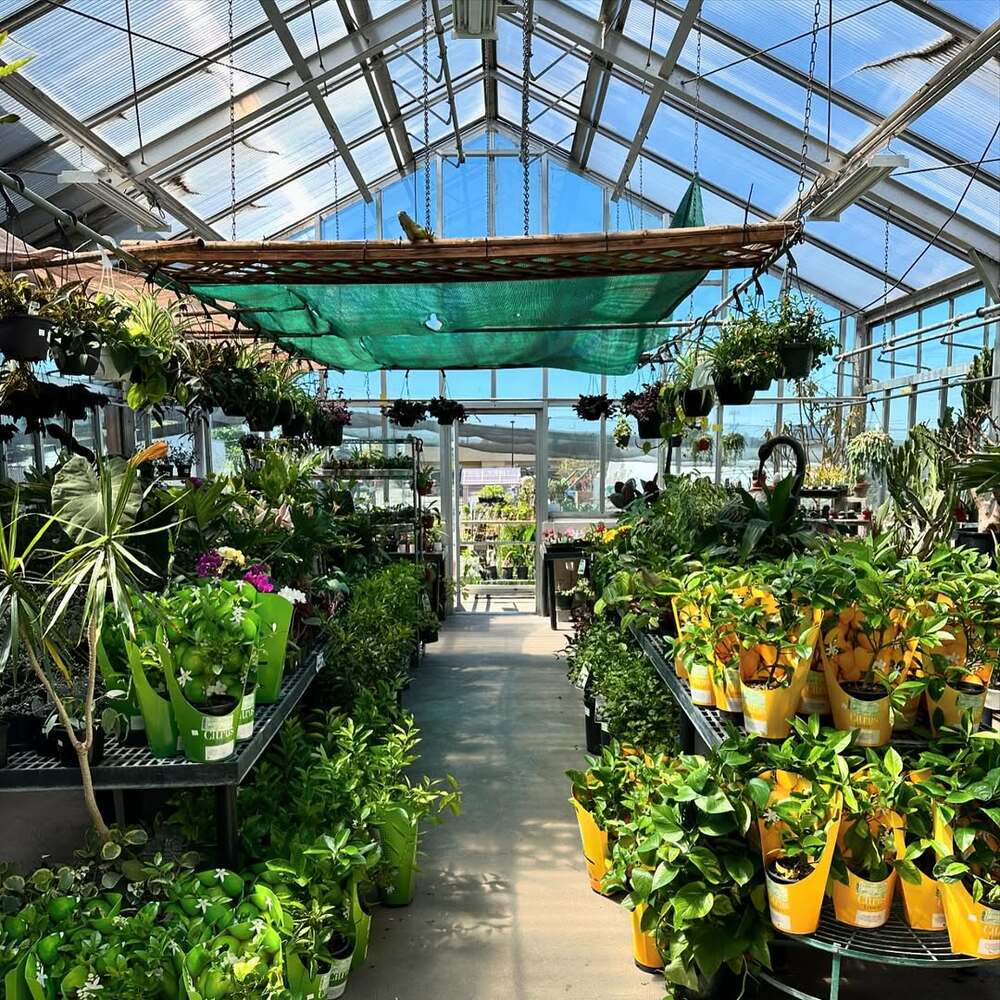
Create Plant Groupings With Purpose
Planting in clusters rather than scattering individual plants throughout the garden creates a stronger visual impact. This technique, known as mass planting, helps establish rhythm and cohesion.
Group plants in odd numbers, such as threes or fives, for a more natural look. Be sure to vary the heights and textures within each grouping to avoid monotony. Use repetition throughout the garden to tie areas together, but not so much that it becomes predictable.
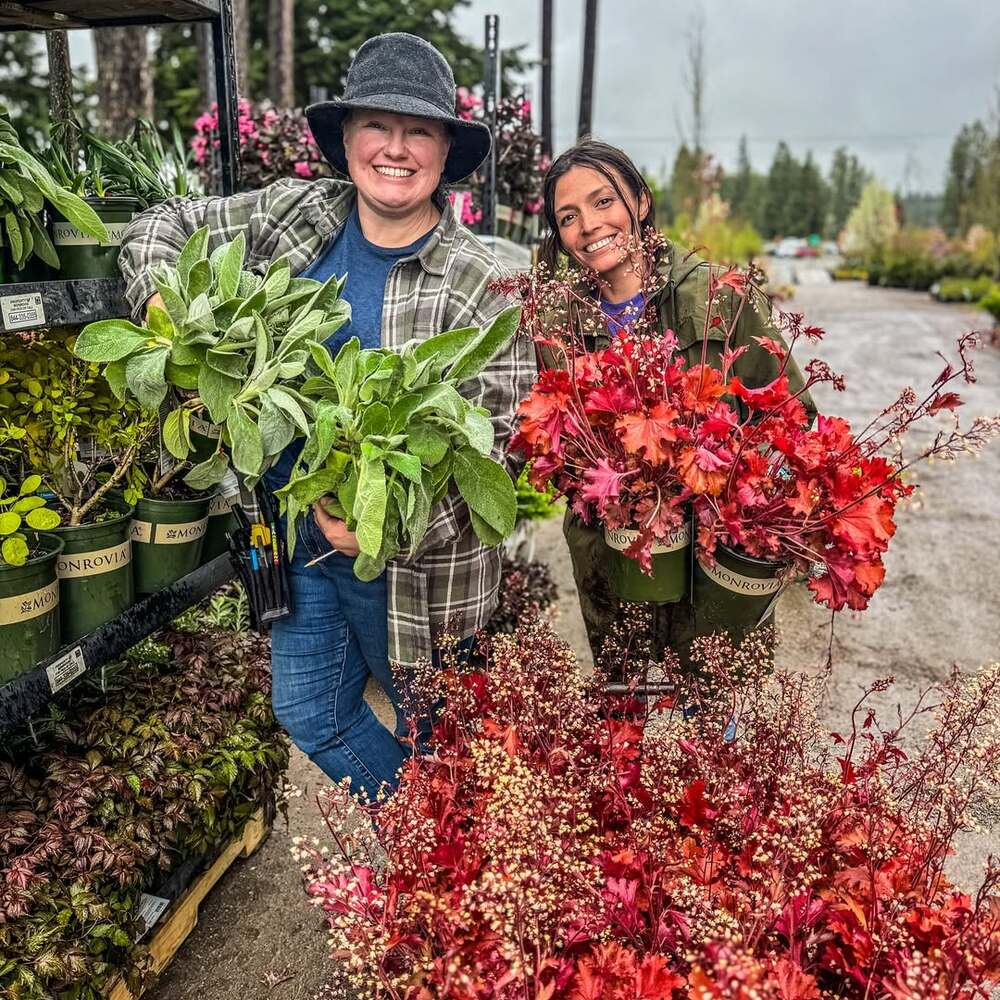
Incorporate Vertical Elements to Maximize Space
If you’re short on space or want to add drama to your garden, consider vertical gardening. Climbing plants like clematis, honeysuckle, and jasmine can adorn trellises, walls, and arches, drawing the eye upward and adding dimension.
Vertical structures can also serve as frames for feature plants or even act as living walls themselves. Just make sure the support systems are sturdy and complementary rather than intrusive.
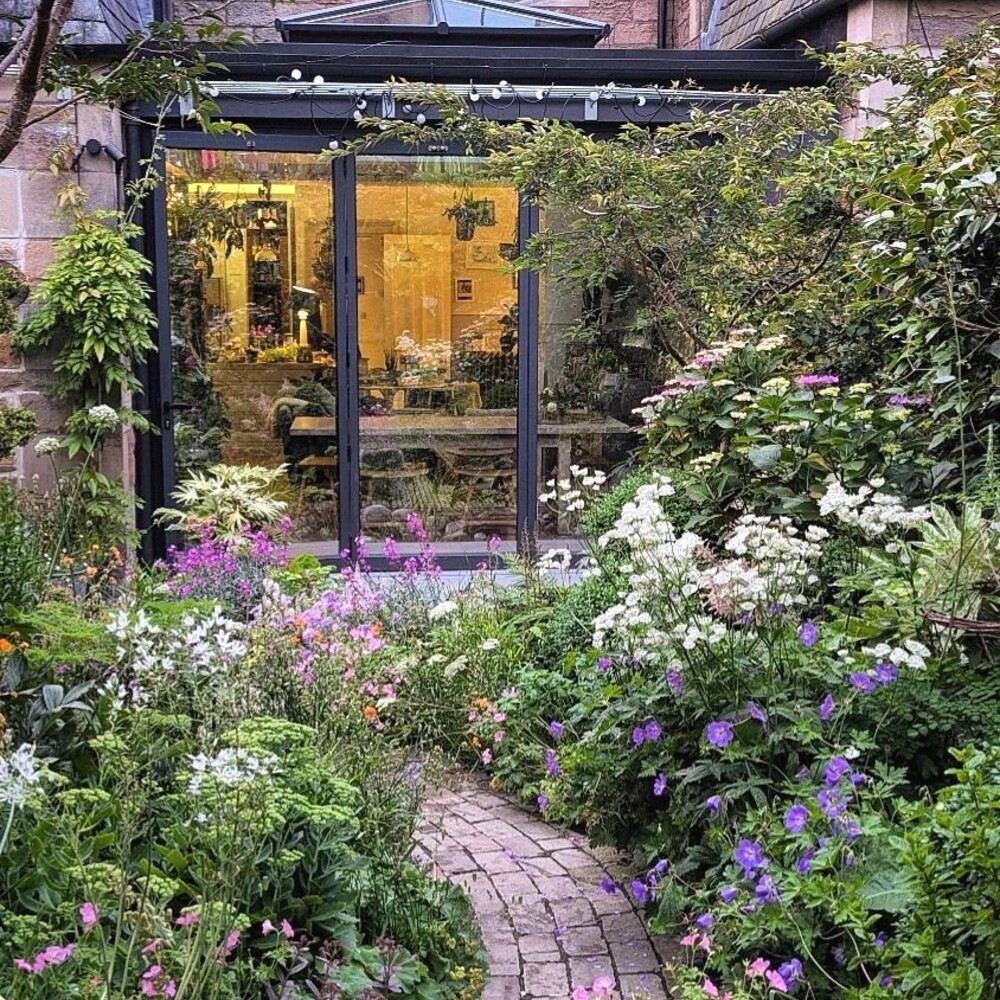
Limit Lawn Area
Traditional lawns, while functional, can take up valuable real estate that could be used for showcasing diverse plant life. Instead of defaulting to expansive grass, consider reducing lawn size to make room for more interesting planting beds, borders, or naturalistic meadows.
If you do keep some turf, shape it creatively. Curved edges offer a more organic, fluid feel than rigid rectangles and they integrate better with plantings.
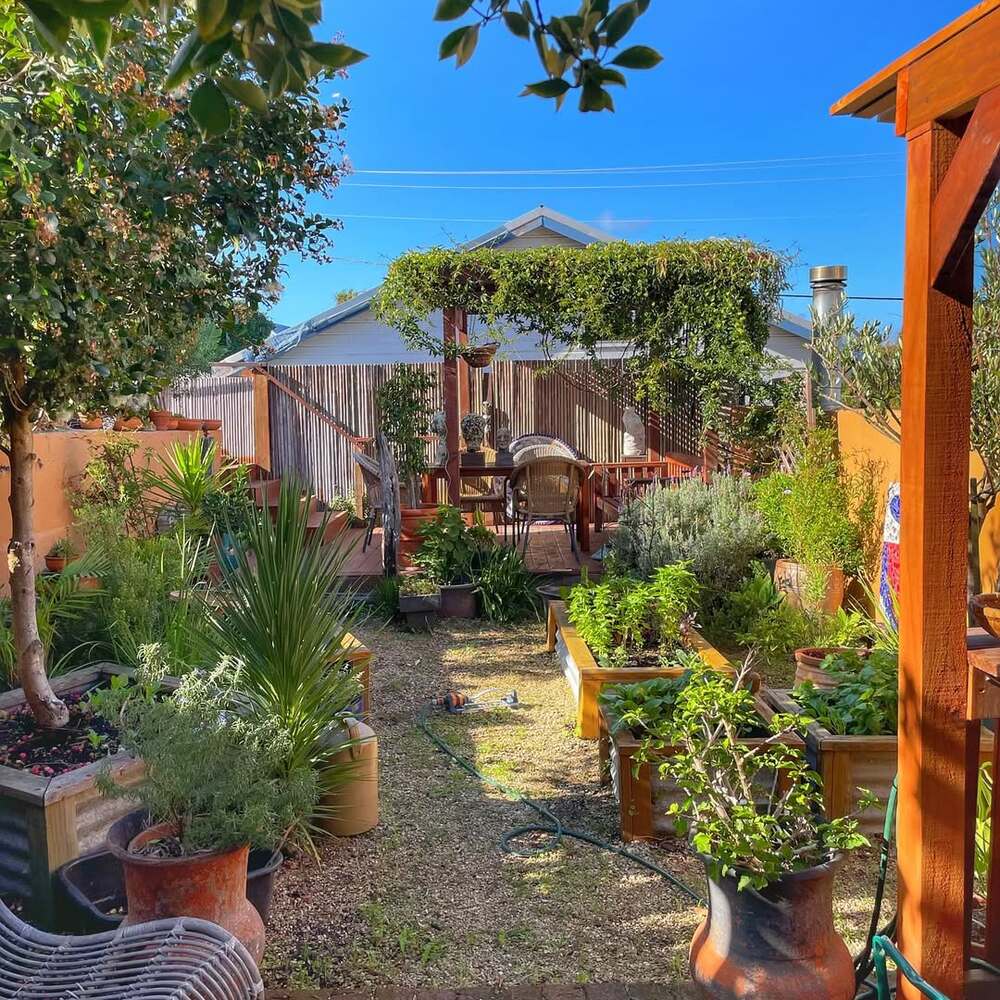
Add Lighting for Nighttime Drama
Garden lighting is often overlooked but can significantly enhance your plant-centric design. Use soft, warm lights to highlight your favorite trees or flower beds, or place low-level path lights to guide visitors without creating harsh glare.
Uplighting tall plants or feature trees adds drama, while string lights or lanterns can provide ambiance. Solar-powered options offer an eco-friendly and low-maintenance solution.
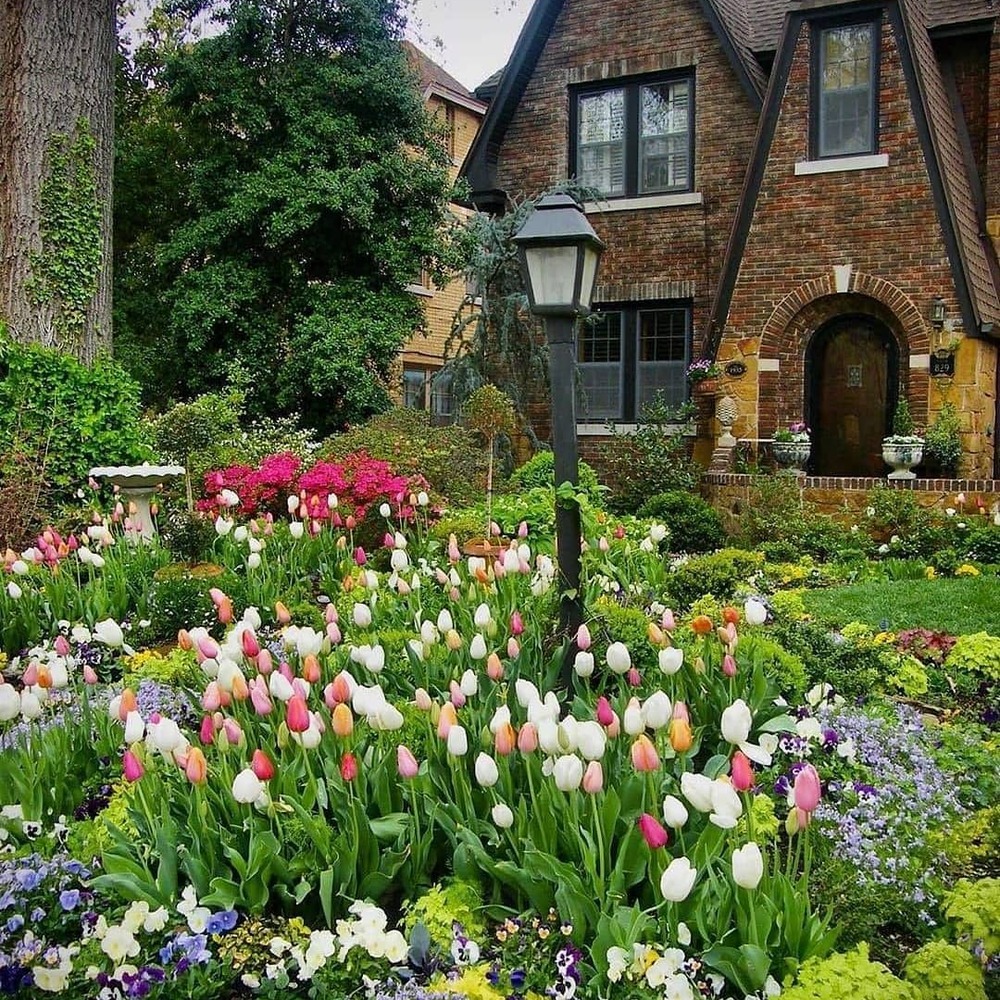
Embrace All Seasons
A true plant-focused garden offers beauty year-round, not just in spring and summer. To achieve this, include a mix of evergreen shrubs, winter-interest plants like hellebores and witch hazel, and perennials with striking seed heads or bark.
Choosing plants for each season ensures that your garden remains lively and engaging even in the colder months. It also prevents your landscape from appearing barren when most flowers are not in bloom.
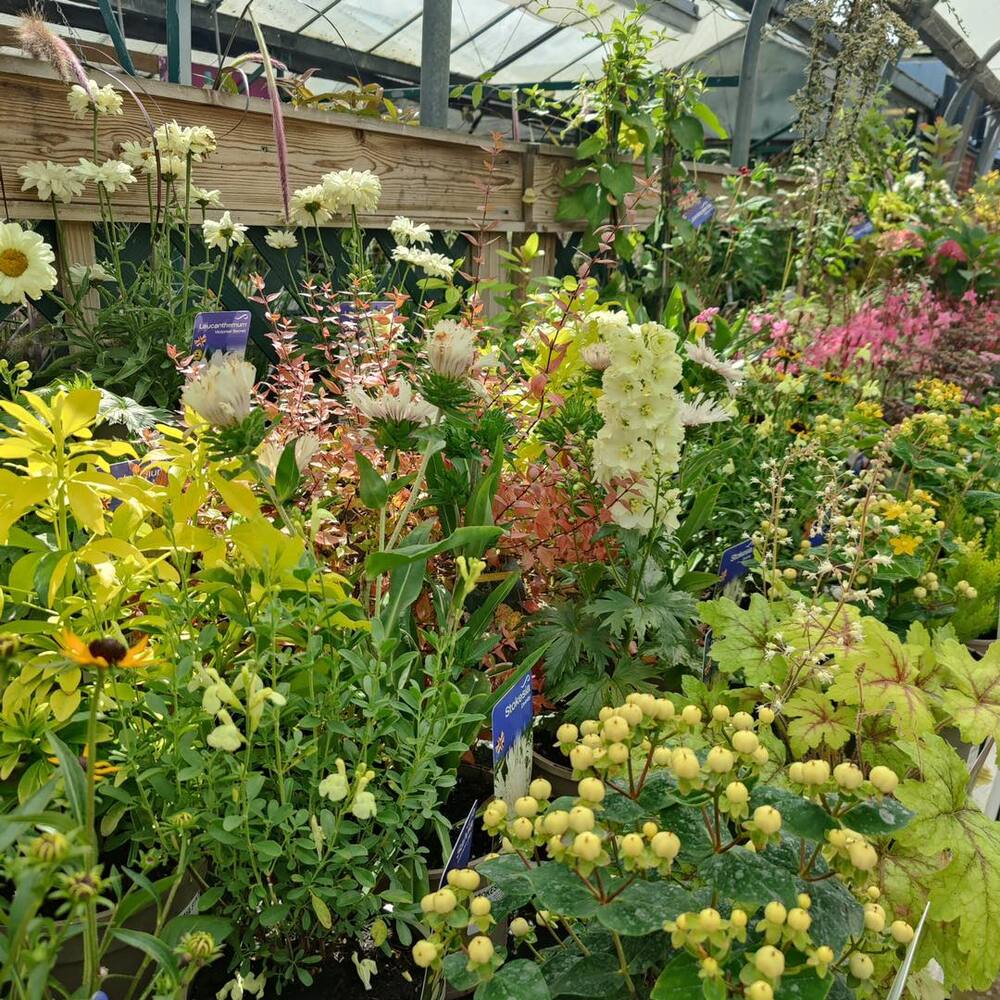
Maintain for Long-Term Success
Even the best-designed garden needs regular care to stay plant-focused. Prune overgrown shrubs, deadhead flowers, remove weeds, and adjust plantings as they grow. Regularly refresh mulch to keep beds tidy and retain moisture.
Be mindful of balance. If one plant starts to dominate or obscure others, it may need trimming or relocating. Keeping the focus on harmony ensures that no single element overtakes the scene.
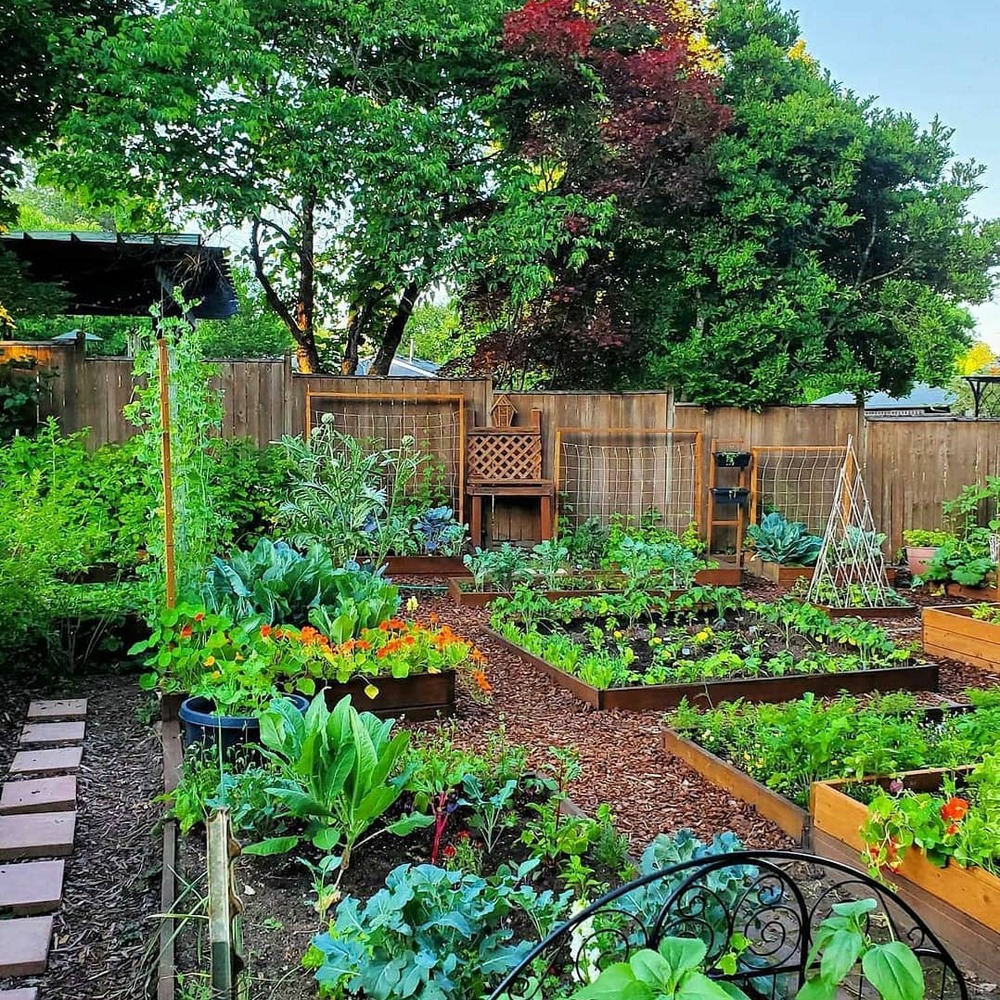
Final Thoughts
Landscaping your garden so that plants take center stage isn’t about rigid rules. It’s about creating a space that feels alive, balanced, and deeply personal. With the right layout, thoughtful planting, and subtle support structures, your garden can evolve into a thriving display of natural beauty where every bloom and leaf contributes to the bigger picture.
Whether you’re starting from scratch or refreshing an existing layout, let plants guide your decisions. Keep hard elements understated, embrace diversity in texture and color, and remember that sometimes the most powerful design choice is to simply let nature lead the way.



